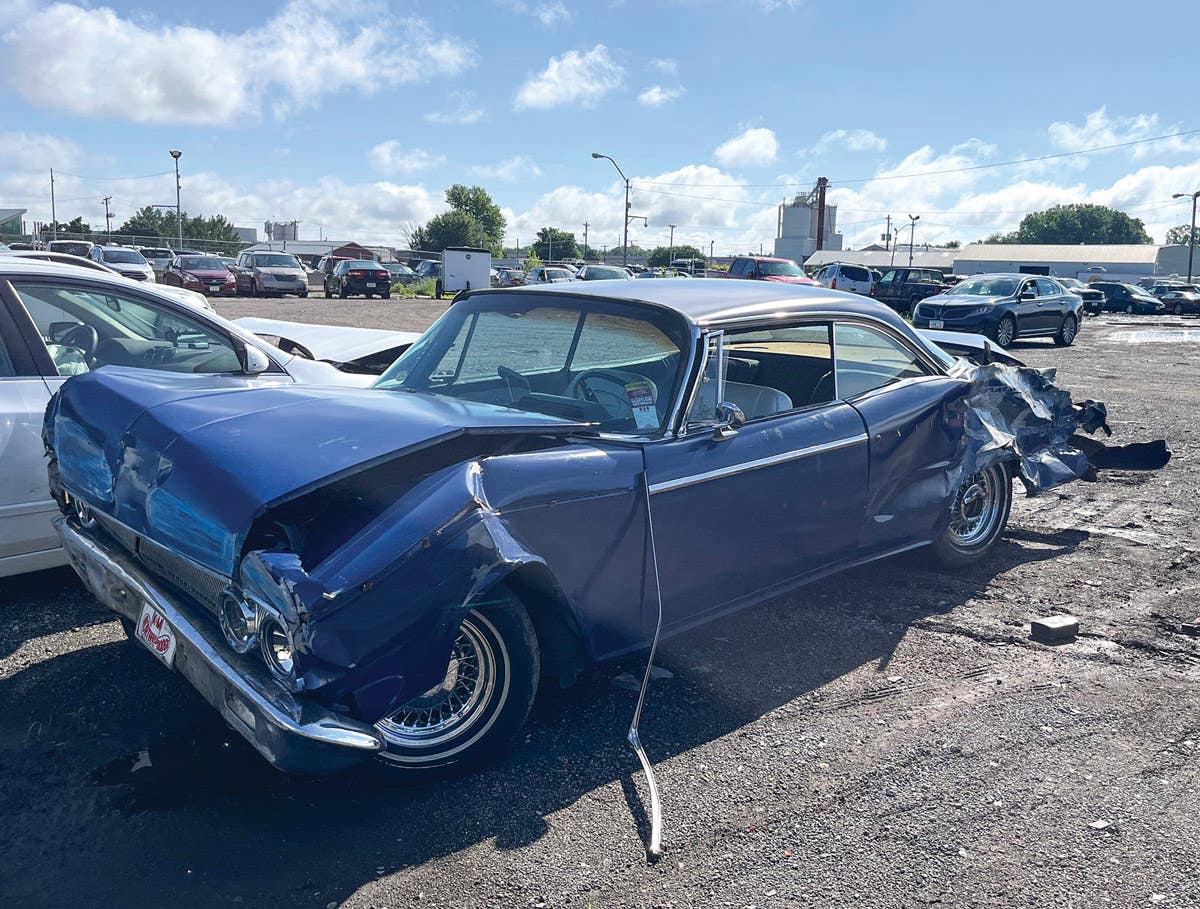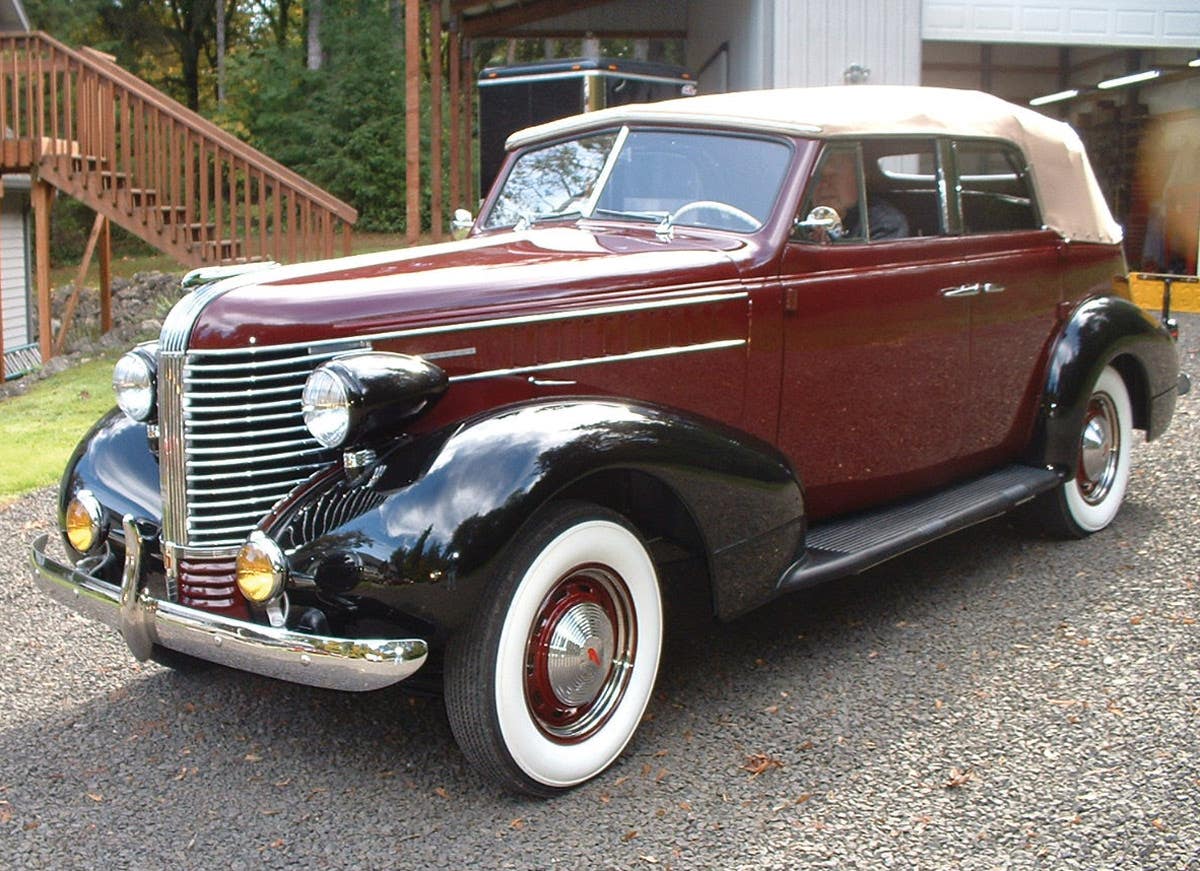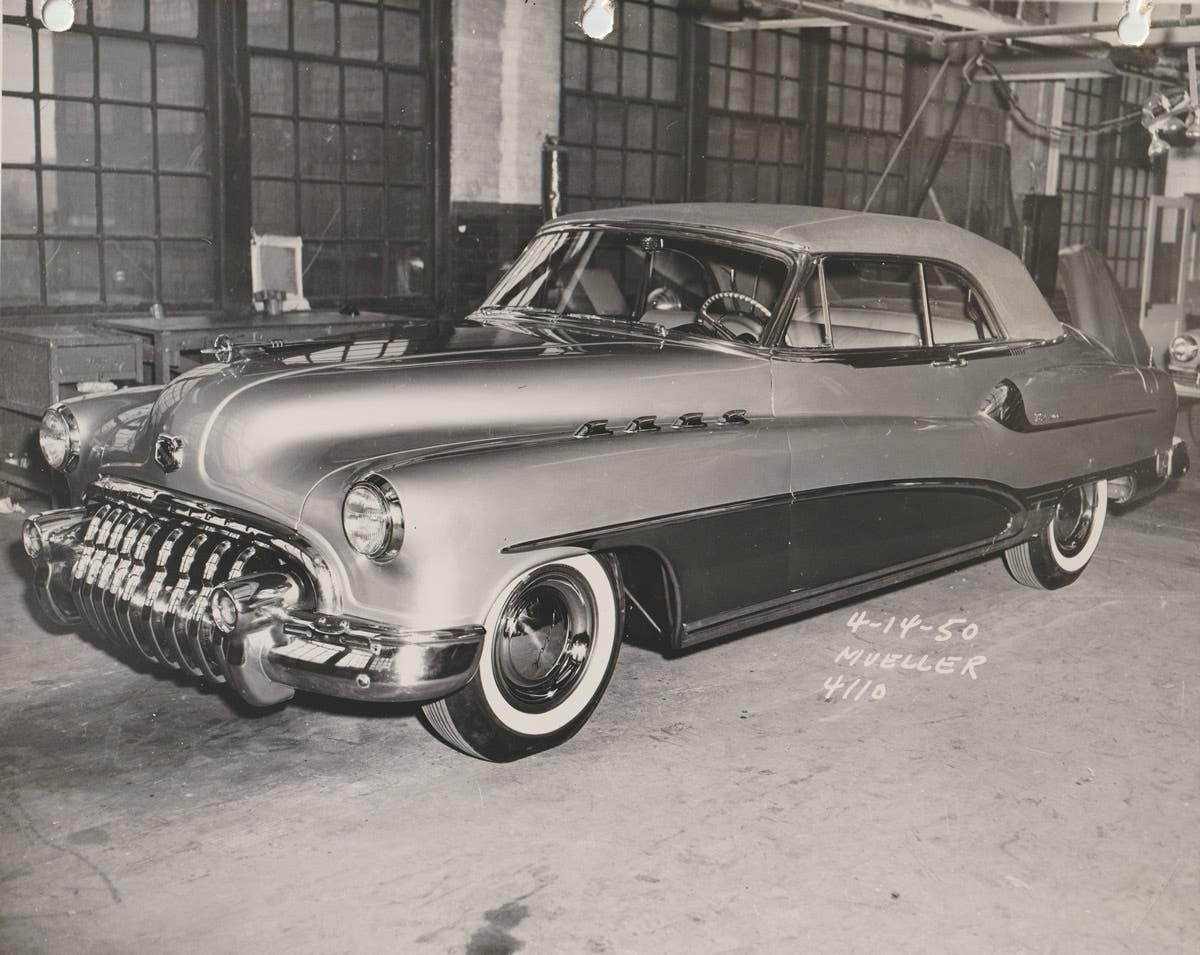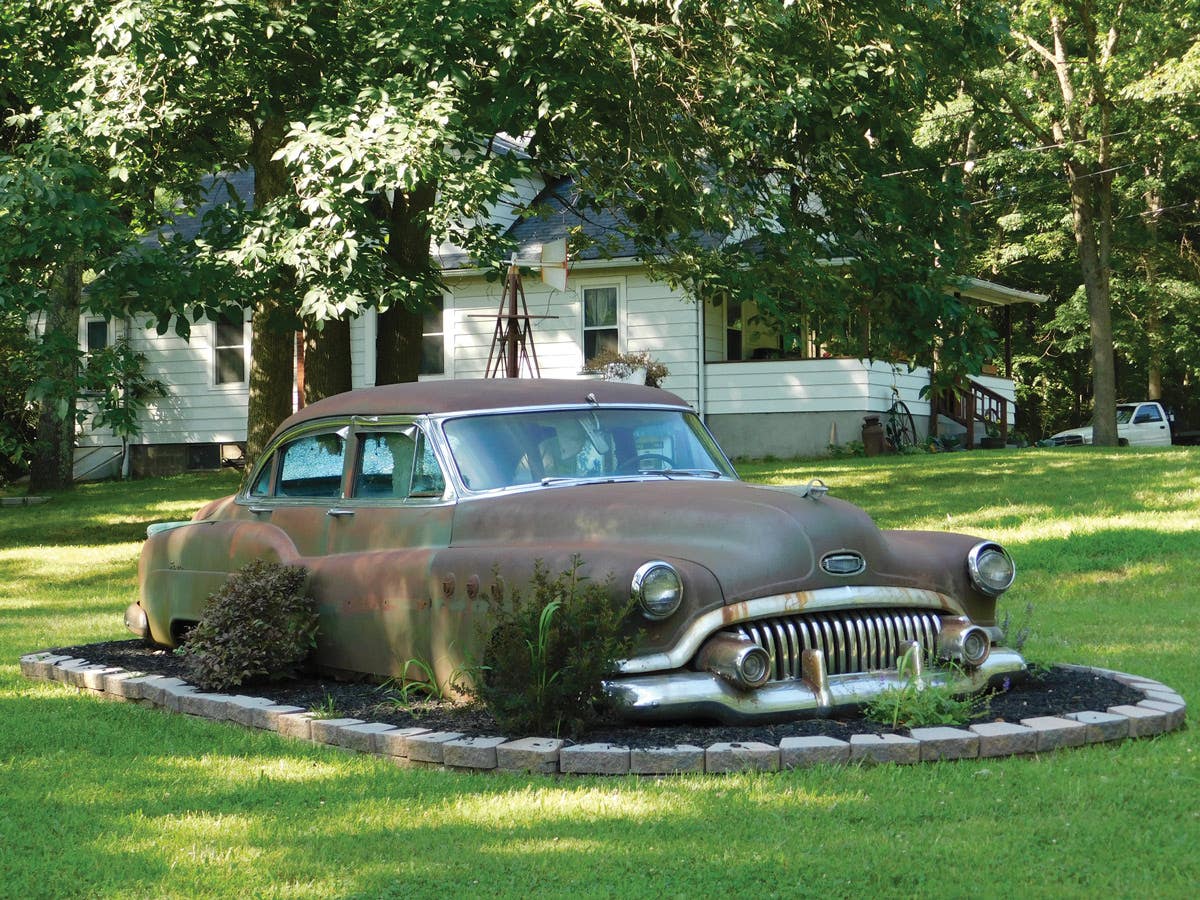Model A Ford snowmobile is truly one of a kind
Before Ski-Doo and Arctic Cat, passenger cars served as snowmobiles (with modifications, of course). This 1930 Ford Model A snowmobile conversion was completed by Richard and Anthony Breton. The “live bait” sign is a throw back to the period Richard’s father sold bait.
By Peter Winnewisser
Snowmobiles are typically small vehicles that feature ski-like runners in front and tank-like tracks in the rear for traveling on snow. That’s the definition according to the “American Heritage Dictionary,” anyway. This generally describes the modern version of a snowmobile, such as a Ski-Doo or an Arctic Cat, but it doesn’t describe the first snowmobiles, which were made from automobiles.
Back in the 1920s and 1930s, the favorite makes for winter snowmobiling were Model T and Model A Fords, although Chevys and other cars were also adapted to snow travel.
“Conquering Snowdrifts,” a 1925 booklet distributed by The Snowmobile Co. of West Ossipee, N.H., defined the company’s version of a snowmobile as “a Ford on snowshoes.” In the case of The Snowmobile Co., the Ford’s snowshoes were part of the Snowmobile Attachment. The 24-page booklet goes on to describe how the snowshoe principle was applied to a Model T Ford and the construction of the snowmobile attachment. It also gives hints on how to care for and use a snowmobile, and records comments about Model T snowmobiles from owners and newspapers of the time.
Breton’s snowmobile project started with this Model A chassis and cowl.
Richard Breton, of Vassalboro, Maine, who owns the Model A snowmobile shown here, became interested in this area of the antique car hobby about 10 years ago when his brother Paul gave him a pair of skies from a Lombard Log Hauler, which was actually made for a Model T. He then gradually assembled the parts for a Model T snowmobile. During this time, Breton went to a couple vintage snowmobile meets in New Hampshire and, after observing the Model T Fords in action, noted that a lot of people had difficulty driving them on snow, because of the Model T’s three pedals. As a result, he decided to build a Model A snowmobile, which would be easier to drive and have more power. Breton was determined to build something that no one had; something a little different to take to shows. And that was the beginning of his dream.
The hunt for parts for the proposed Model A snowmobile took Breton to various locations in Maine. A complete engine was found in Jackson and a 1928 frame, wheels and cowl were located in Winslow. In Windsor, he was able to get some Model A doodlebugs (or “jitterbugs,” as Burton calls them) from a friend and used them for parts. He then swapped cowls, getting a 1930-’31 Model A Ford-style cowl from a man in Skowhegan. He added door posts to the cowling, which changed the windshield frame, so he made new parts out of oak. Sandblasting was done in the town of Vassalboro and the painting in Winslow.
Breton removed the complete front end and moved it to the back for the bogie wheels. He installed a modified Model T front end and made two skis out of spruce. Small Model A parts, a hood and one lamp came from Tam’s Model A in Boylston.
Once the cowl was in place, Breton built a steel frame on the back of the body, which connected to the front door posts. Birch plywood was used for the floor and side panels. The roof was made from one-inch oak strips placed every four inches and covered by chicken wire, a pad and vinyl on top. All the floor panels and the seats for five passengers were made removable.
Richard Breton’s snowmobile project under construction. Here, the front skis
have been mounted and the rear treads are in place.
There was no place to put the exhaust out the back, so it was installed to run up the passenger-side post. Model A running boards are used for the rear fenders. These could hold the front skis and live-bait traps. Accessories were added as they were provided by friends and neighbors. Assembly was completed in time to load the Model A on a trailer for a July 4 parade, although the first time the engine was started was on Sept. 6, 2010. “It ran great,” says Breton.
On Oct. 17, 2010, while Breton installing the gas stove in the back of the Model A, there was a gas explosion which caused a fire that completely engulfed the snowmobile. Fortunately, Breton was able to put the fire out and save both the car and his garage.
“My dream,” he says with relief, “almost went up in smoke. I was able to repair the damage and learned a valuable lesson.”
To keep the authenticity of this snowmobile in tune with the time period, a number of tools and other materials are carried in or on the car. Breton packs equipment such as axes, hand ice augers, ice chisels, an ice tongue, five-foot ice saws, bait traps, fishing traps, a two-man wood saw, wood picks, a gas-powered ice auger, wool blanket, wool jacket, first-aid kit, snowshoes, skates, cast-iron pans, cast-iron gas stove, peavey Kent-dog; tiki torches, fish scale, skis, toboggan, toolbox, posters and maps.
The Model A was driven for the first time on Dec. 24 by Breton’s son, Anthony. It drives well, but steers a bit hard. By the time you read this, the Bretons will have taken the Model A to some shows and ice fishing derbies where they expect to demonstrate the snowmobile’s versatility. With the gas-powered ice auger in front, the Model A makes an imposing sight.
It’s doubtful that there is another Model A quite like it, but best of all, it’s a dream come true for Richard and Anthony Breton. And that’s not all. In the works is a second Model A snowmobile with another unique theme. But, that’s a story for another time.
To learn more about Model A's, T's and other early vehicles, check out the Standard Catalog of American Cars: 1805-1942.
More Resources For Car Collectors:
- Classic car price guides, research, books, back issues of Old Cars Weekly & more
- Get expert restoration advice for your classic car
- Get car pricing, data and history all in one place
- Sign up for Old Cars Weekly's FREE email newsletter
- Need to buy or sell your classic car? Looking for parts or memorabilia? Search our huge online classified marketplace







